Archives
- 2025-12
- 2025-11
- 2025-10
- 2023-07
- 2023-06
- 2023-05
- 2023-04
- 2023-03
- 2023-02
- 2023-01
- 2022-12
- 2022-11
- 2022-10
- 2022-09
- 2022-08
- 2022-07
- 2022-06
- 2022-05
- 2022-04
- 2022-03
- 2022-02
- 2022-01
- 2021-12
- 2021-11
- 2021-10
- 2021-09
- 2021-08
- 2021-07
- 2021-06
- 2021-05
- 2021-04
- 2021-03
- 2021-02
- 2021-01
- 2020-12
- 2020-11
- 2020-10
- 2020-09
- 2020-08
- 2020-07
- 2020-06
- 2020-05
- 2020-04
- 2020-03
- 2020-02
- 2020-01
- 2019-12
- 2019-11
- 2019-10
- 2019-09
- 2019-08
- 2019-07
- 2019-06
- 2019-05
- 2019-04
- 2018-07
-
br Anti inflammatory effects of MTX In addition to
2019-10-22

Anti-inflammatory effects of MTX In addition to cytotoxic and cytostatic effects, the anti-inflammatory activity of MTX was also described by several studies. Inhibition of ATIC by MTX has been found to result in the accumulation of 5-aminoimidazole-4-carboxamide-1-β-d-ribofuranosyl 5′-monophosph
-
CDK lacks DNA binding domains
2019-10-22
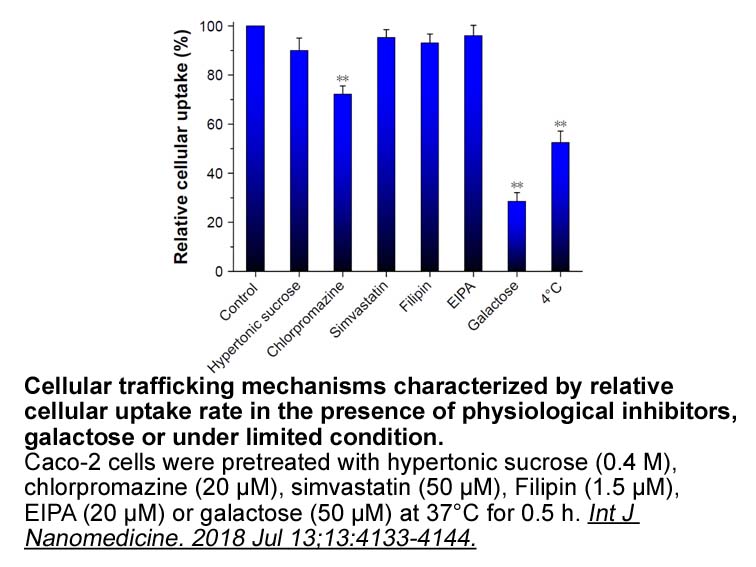
CDK6 lacks DNA-binding domains and nuclear localization sequences, and therefore will probably be transported to the nucleus by a ‘piggy-back’ mechanism and needs to contact its specific sites indirectly through DNA-binding proteins. Besides NF-κB p65, a further candidate transcription factor is PAX
-
It has been shown that CK phosphorylates and tubulin
2019-10-22
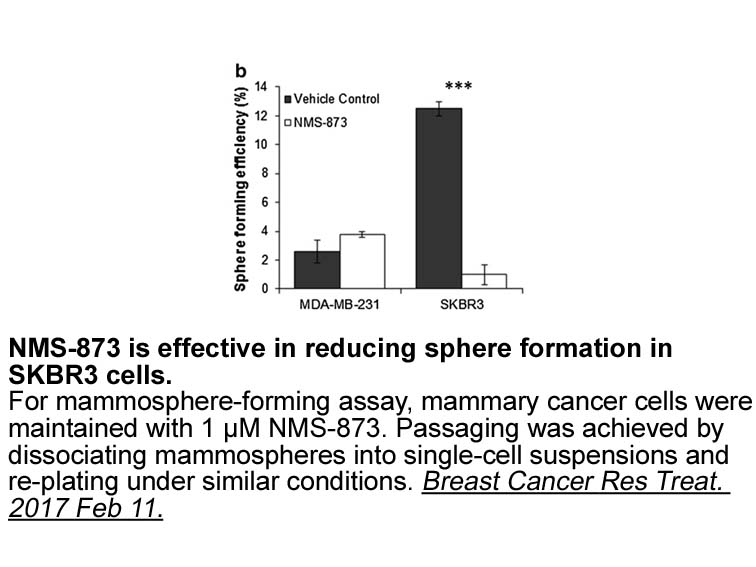
It has been shown that CK1δ phosphorylates α-, β- and γ-tubulin in vitro and that CK1δ specifically interacts with the trans Golgi network, COPI positive vesicles, and centrosomes in interphase cells [11], [12], [13], [14]. Moreover CK1δ is also associated with granular particles that are associated
-
Impulsive burying and freezing behaviors
2019-10-22
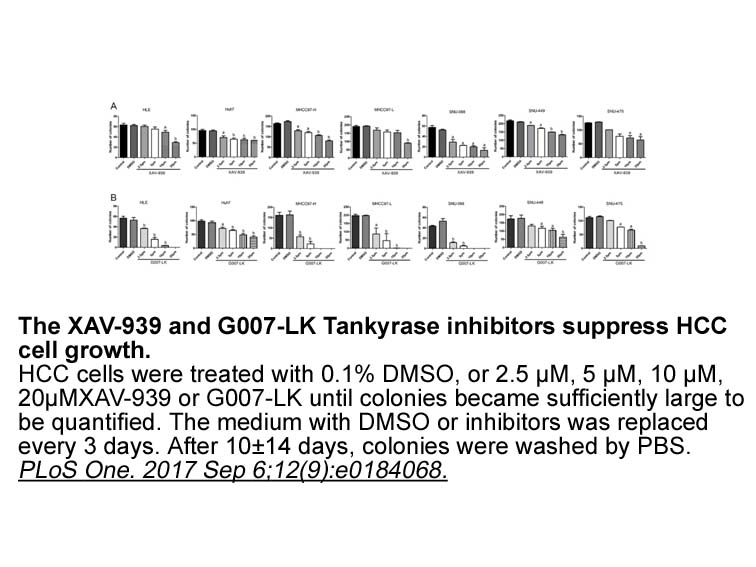
Impulsive burying and freezing behaviors in response to aversive stimuli may represent attempts to avoid novel and/or aversive stimuli. These behaviors can be assessed utilizing the marble burying and conditioned fear tasks, respectively. For example, Wistar rats in proestrus and ovariectomized rats
-
myosin br Experimental section br Acknowledgments
2019-10-22
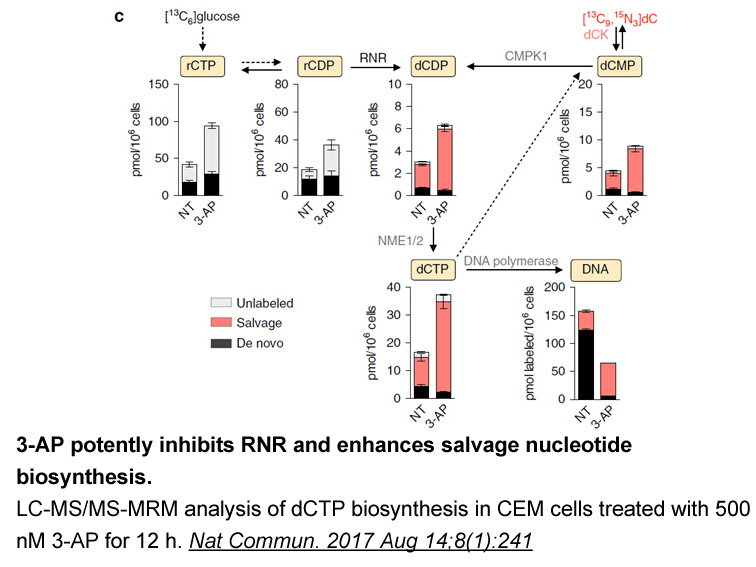
Experimental section Acknowledgments MIN6 cells were kindly provided by Dr. Junichi Miyazaki, Osaka University. This research was supported in part by the Ministry of Education, Culture, Sports, Science and Technology of Japan (JP16H05099 and JP18H04609 to K.H., and JP16H06574 to T.U.), SENTAN
-
br Transparency document br Acknowledgements We thank Prof B
2019-10-22
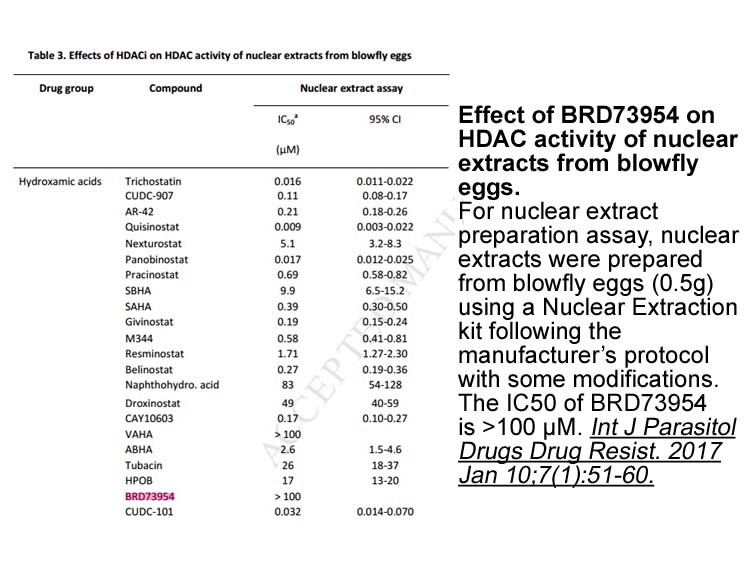
Transparency document Acknowledgements We thank Prof. Barbara Brodsky for valuable comments and discussion. We thank the support of the Tufts start-up fund and the Knez Family Faculty Investment Fund for Y.-S. L, and the Tufts Summer Scholar program for E.C. Introduction Discoidin domain r
-
The estrogen receptor ER dependent signaling pathway plays
2019-10-22
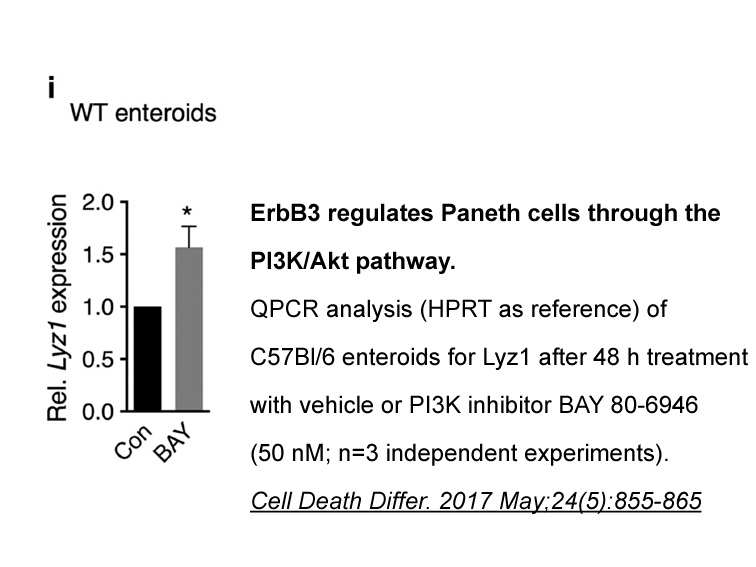
The estrogen receptor(ER)-dependent signaling pathway plays an important role in bone metabolism by restoring the balance between osteoblastic bone formation and osteoclastic bone resorption [21]. ER has two major isoforms, ERalpha (ER-α) and ERbeta (ER-β), which mediate the effect of estrogen and o
-
Another mechanism underlying on the toxicity of dopaminergic
2019-10-22
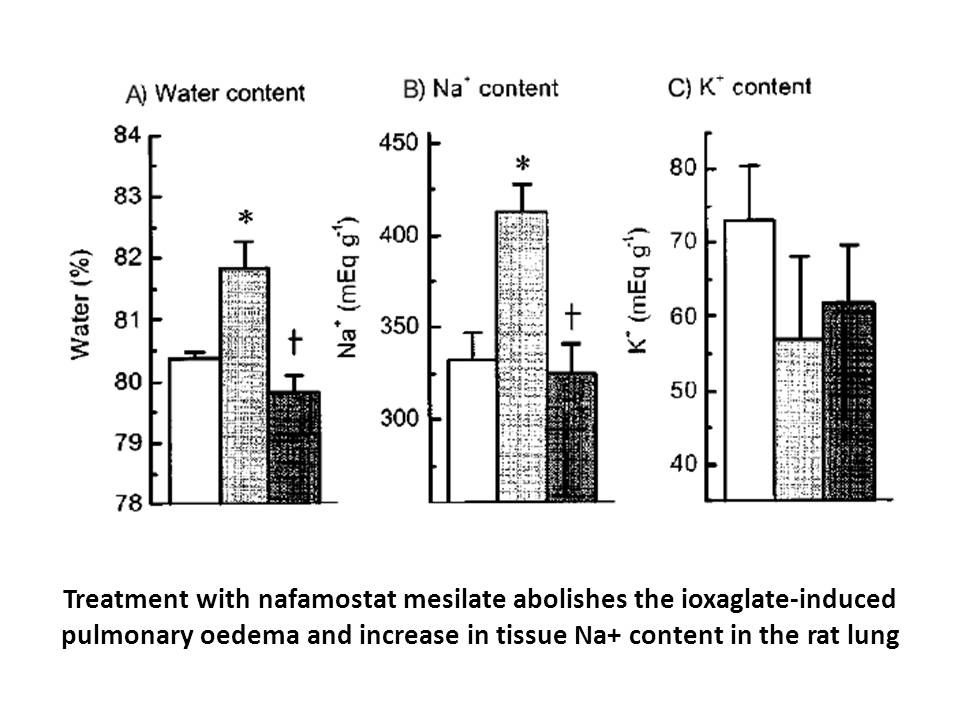
Another mechanism underlying on the toxicity of dopaminergic neurons might be related to dopamine-dependent initial oxidative stress [60]. Dopamine TMP269 receptor mediated by monoamine oxidase (MAO) can produce hydrogen peroxide as a by-product, and excess dopamine can undergo auto-oxidation to qu
-
br The major regulator of radiation sensitivity Tumor cell
2019-10-22
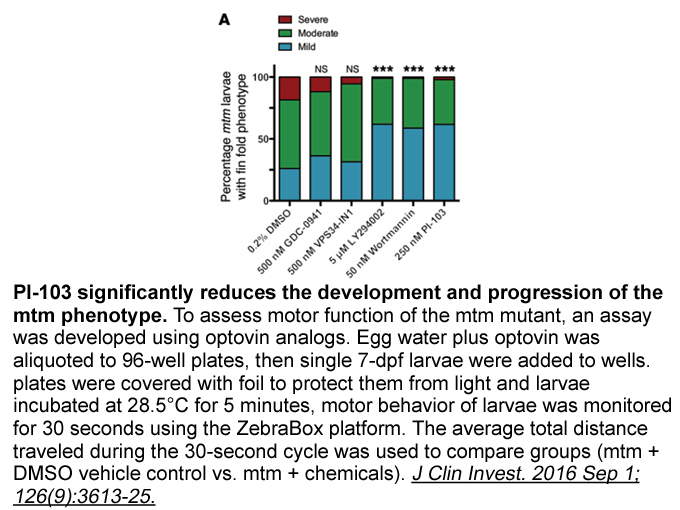
The major regulator of radiation sensitivity Tumor cell resistance to radiation is a big issue for radiation therapy, and a major concern of radiation oncologist. Understanding the regulation mechanism of radiation sensitivity is still a research hotspot. Increased sensitivity to ionizing radiati
-
br Materials and methods br Results br Discussion COX
2019-10-21
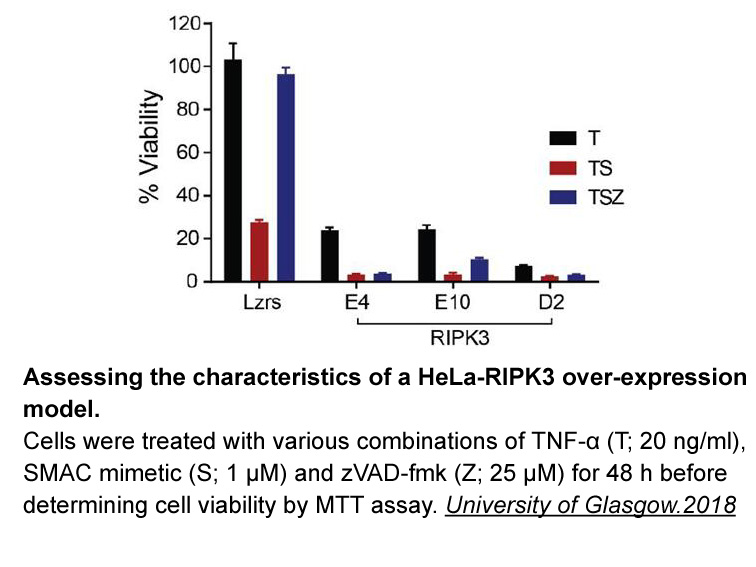
Materials and methods Results Discussion COX-2-mediated production of PGE2 is involved in cell growth and metastasis of many cancers. Previous studies indicated that COX-2 was overexpressed in many cancer tissues and that PGE2 increased cancer cell growth, a process that could be suppressed
-
br Conclusions We can conclude that Arg is important but
2019-10-21
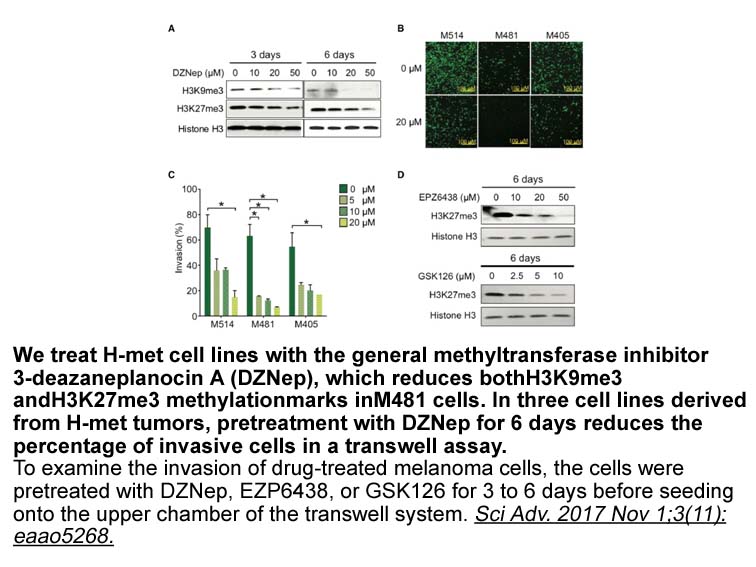
Conclusions We can conclude that Arg293 is important but not indispensable for MeGlcA recognition by EcXyn30A since the R293A variant still retains activity and preference for MeGlcA-substituted substrates. The substrate specificity of GH30_8 glucuronoxylanases is most probably determined by an o
-
br Ultrasonic pretreatment of substrates Substrate pretreatm
2019-10-21
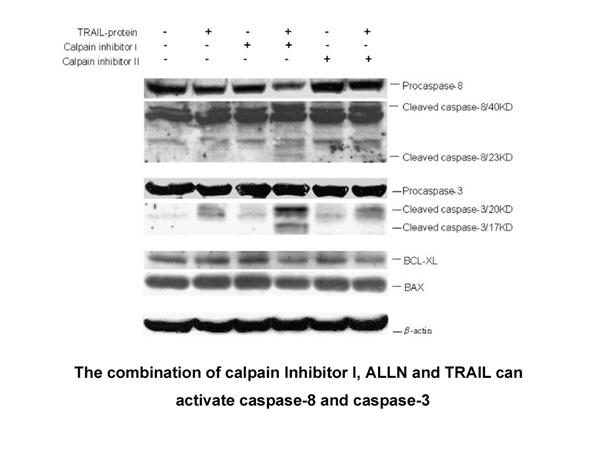
Ultrasonic pretreatment of substrates Substrate pretreatment is widely used in the biofuel, textile and food industries since the substrates are always difficult to degrade. During some enzymatic hydrolysis reactions, the protective layer of the substrate impedes the reaction. Ultrasonic treatmen
-
Our study showed that parental morphine exposure in the
2019-10-21
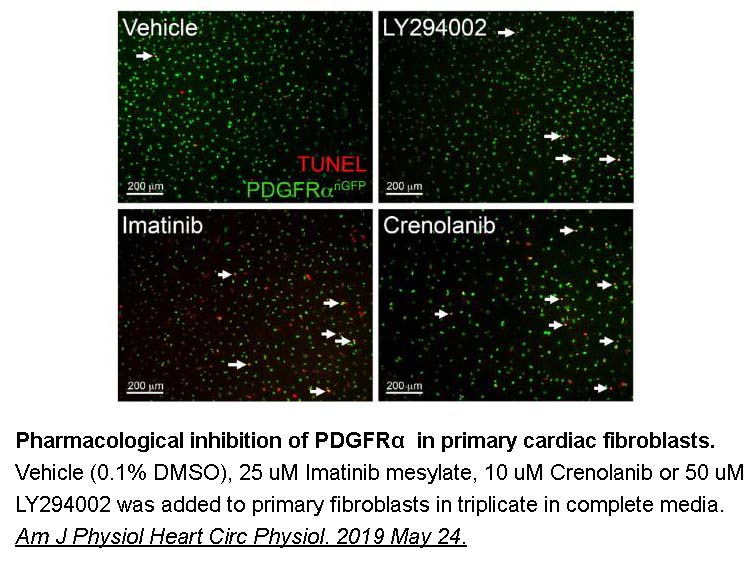
Our study showed that parental morphine exposure in the adulthood is associated with an increased tendency toward morphine consumption in F1 but not F2 male offspring. Thus, it seems that trans-generational effects of parental morphine consumption disappear in the second generation. In support of ou
-
Atg cleaves Atg at the peptide bond
2019-10-21
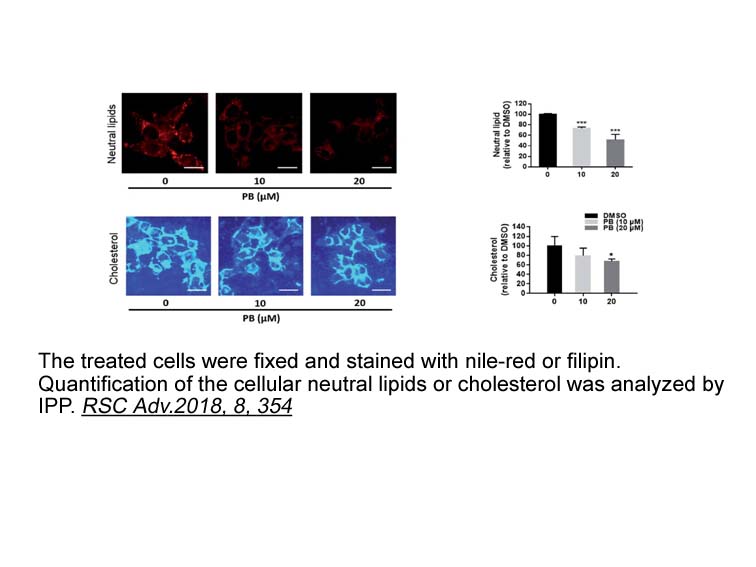
Atg4 cleaves Atg8 at the peptide bond on the glycine residue at the C-terminus, thus allowing the conjugation of Atg8 to phosphatidylethanolamine (PE) with the participation of other autophagy molecules. Atg4 can also serve as a deconjugating enzyme, which cleaves the amide bond of the conjugated At
-
Therefore in this study we determined whether
2019-10-21
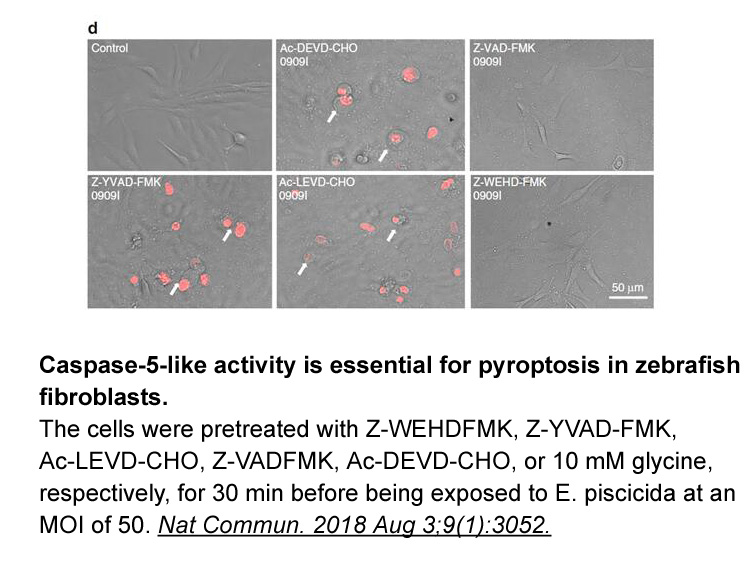
Therefore, in this study we determined whether exogenous LTD, a potent agonist of both CysLT and CysLT receptors , , induces ONO-8711 synthesis edema and AQP4 expression in mouse brain; if so, which subtype of the receptors is involved in AQP4 expression in mouse brain and the cultured rat astrocyte
11109 records 640/741 page Previous Next First page 上5页 636637638639640 下5页 Last page